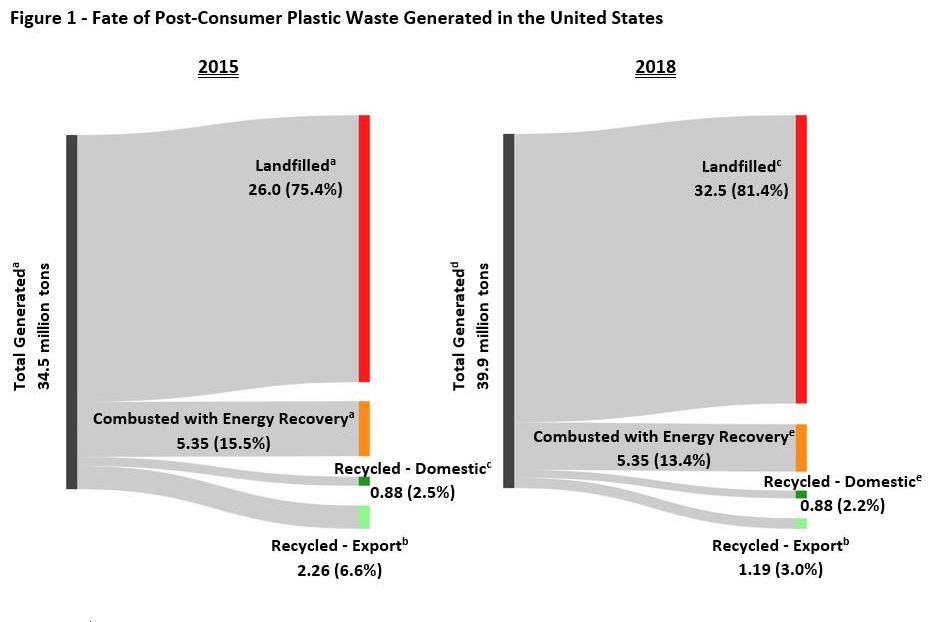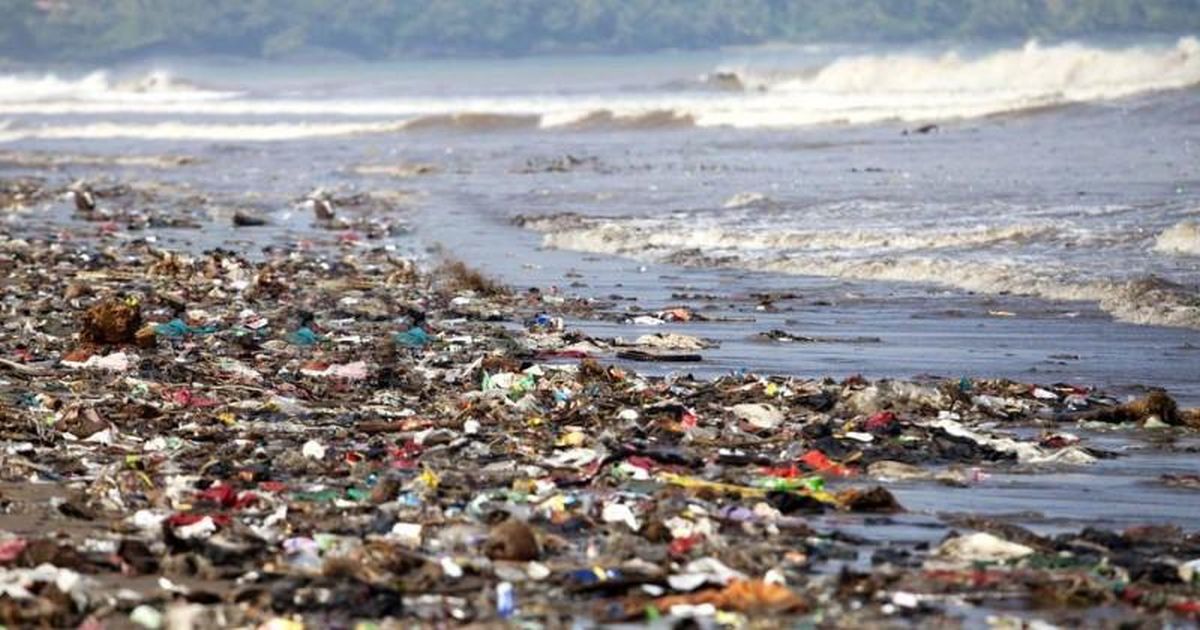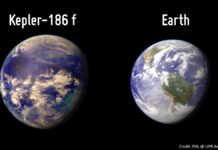The world is becoming increasingly alarmed at the amount of plastic in the oceans. While over 5 trillion pounds of plastic waste is currently in the oceans, more than 8 million metric tons of plastic ends up in the oceans each year. At this rate, there will be more plastic than fish in the oceans by 2050.
So, where does all plastic in the oceans around the world come from?
Researchers from Germany’s Helmholtz Centre for Environmental Research apparently claimed that 90% of ocean plastic comes from just 10 rivers — eight in Asia (the Yangtze, Indus, Yellow, Hai He, Ganges, Pearl, Amur, Mekong) and two in Africa (the Nile and the Niger), and that by reducing plastic pollution in the Yangtze (China) and Ganges (India) rivers, the amount of pollution that ends up in the ocean every year could decrease by half. Dr Christian Schmidt, a hydrogeologist who led the study, told the Daily Mail:
“The 10 top-ranked rivers transport 88-95 percent of the global load into the sea. The rivers with the highest estimated plastic loads are characterized by high population – for instance the Yangtze with over half a billion people. The data shows large rivers are particular efficient in transporting plastic debris. These three factors lead to the estimated concentration of most of the plastic load to large rivers with a large population living in their catchment.
“Countries with high mismanaged plastic waste generation such as China or India could greatly reduce the plastic pollution of rivers by implementing proper waste management. In industrial countries, although they have a well-developed waste management infrastructure, one way for plastic waste entering the environment is littering.”

Though Schmidt’s team analysed data on debris from 79 sampling sites along 57 rivers, the study concerned river-borne waste and not the entire plastic load polluting the oceans. It DID NOT show 90% of plastic in oceans comes from just 10 rivers.
According to the study, 88 to 95% of the plastic transported by 1,350 large rivers around the world — referred to by scientists as riverine waste — comes from only 10 rivers, all of which are in Asia and Africa.
The authors did not compare the plastic waste transported by rivers to the total plastic waste in seas and oceans. Schmidt told AFP that the estimate in the study was not for the total plastic waste in the ocean. “It’s just the riverine. It does not include all the other sources that are out there.”
Schmidt also admitted that a section of his study that refers to how “the 10 top-ranked rivers transport 88−95% of the global load into the sea” could have been misinterpreted. Regretting the misrepresentation of his study in a number of news articles, he added: “It’s often written that 90% of the entire land-based plastic that ends up in the ocean comes from 10 rivers. And this is not true. We are trying to fix that, because it should not be unclear.”
The study estimated that between 0.41 and 4 million metric tons of plastic waste in oceans derives from rivers. The 10 most polluted rivers account for 88 to 95 percent of that amount (the 0.41 to 4 million metric tons), it concluded.

Ocean plastic is more diverse than just the waste that comes from land, says Monique Retamal, a researcher with the Institute for Sustainable Futures at the University of Technology in Sydney, who wasn’t involved with the study. “There’s a lot we don’t know about the contribution from shipping and illegal dumping at sea.”
FYI: Richer countries tend to waste more plastic than poorer ones. Germans and Americans throw away more than 10 times as much plastic a day as Kenyans and Indians.







Humans truly are a filthy race!
Comments are closed.